dhaanwad G.
Tuhadi mostly posts pad ke lagda hi ni c ke aapji ene religious v ho sakde ho
- -
- -
Is picturaan naal mere religious houn yaa na houn da ki matbal ji ??
- -
- -
The tragedy of the New-Age is that it is the pseudo-religion that prevails over the human mind. It is nothing but fiction. It is no longer closer to art, and absolutely against science. In India there has never been a conflict between art and religion. They were, deep down, doing the same thing.
Art was inventing objectively, and what we all call religion, was inventing subjectively. They could join together very easily because their game was the same. And they joined hands all over India. Art served the so-called religion for centuries. The beautiful temples, Monastries etc ― for thousands of years art was doing nothing but serving religion.
If you see the temples of Khajuraho in India....
Once there were one thousand temples in that place; now only ruins are there, but twenty or thirty temples are still intact, have survived. Just to see one temple you will need the whole day. It is so full of art, every nook and corner. It must have taken hundreds of years for thousands of sculptors to make one temple.
You cannot find a single inch of space in the whole temple which has not been artistically created. One temple has thousands of statues on the outside of the temple, and that is the same about the remaining other thirty, and the same must have been true about the ruins of one thousand temples. Even in the ruins you can find treasures of art. I don't think there has ever been such beauty created out of stone anywhere else in the world.
The structure of every temple is almost the same. On the outer side of the temple, the outer wall, there are what are called "mithun statues" ― men and women naked, loving, making love, in all the possible postures one can imagine or dream of. The only posture that is missing is known in India as the missionary posture ― man on top of woman: only that is missing ― that was brought by Christian missionaries. Otherwise the whole idea, to the Indian mind, looked ugly ― that the man should be on top of the woman. Seems to be unfair. The woman is more fragile, and this beast is on top of the beauty. No, Indians have never thought of that posture as human. In India it is known as the missionary posture because the first time they saw it, it was Christian missionaries in that posture; otherwise they had no idea that this could be done.
These temples in Khajuraho have, on the outer side, beautiful women, beautiful men, and all in love postures. Inside there are no love postures. Inside you will find the temple empty, not even a statue of God. The idea is that unless you pass through your sexuality with full awareness, in all its phases, in all its dimensions ― unless you come to a point when sex has no meaning for you...only then you enter the temple. Otherwise you are outside the temple, your interest is there.
So that was a symbol that if you are still interested in sex, then the temple is not for you. But the message is not against sex; it is the outer wall of the temple, the temple is made of it, and you have to pass through the door and go beyond. And the beyond is nothing but utter emptiness.
How many artists, craftsmen, sculptors, were employed to create one thousand temples, a whole city of temples, how many years it took! ― and this is not only one place: there is Ajanta, a group of caves which Buddhists created. The whole mountain...for miles they have carved caves inside the mountain. And inside the caves you will find tremendous work of art, everything is beautiful. Buddha's whole life in stone.... The first cave you enter, you find the birth of Buddha. And those are not small caves; each cave is at least four times bigger than a middle class apartment. They have been carved in solid stone.
The whole life of Buddha slowly unfolds in each cave, and in the last cave Buddha is sleeping. The statue is as longer than a Railway car . It is the last moment of his life, when he asked his disciples, "If you have to ask any questions, ask me; otherwise I am going into eternal sleep ― forever." He has not even a pillow, just his hand used as a pillow. But such a huge statue, and so beautiful!
There are the Ellora caves, again carved into the mountains. There are Hindu temples in Jagganath Puri, in Konarak. You cannot imagine for centuries what art has been doing.
What were these people doing? They were serving religion.
There was never a conflict anywhere in India between religion and art.
The so called religions of the world are pseudo and fictitious. In India there was no intrinsic opposition, Religion and Art were moving in the same line of invention. Of course the artist was doing a far more authentic job, far more sincere than the priest, because what the priest was inventing was absolute fiction. There was no ground for it. His God was fiction, his heaven and hell were fiction. And these fictions have to be according to different people, where the religion existed.
Thanks
- -
- -



 for sharing
for sharing 
 .....very nice
.....very nice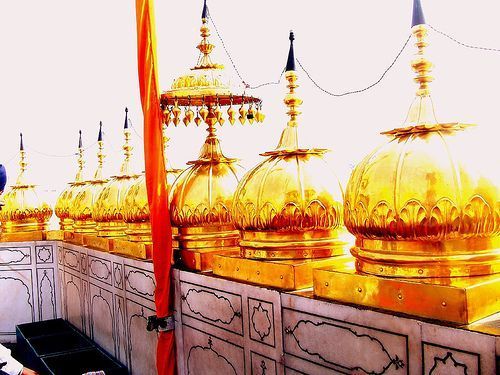
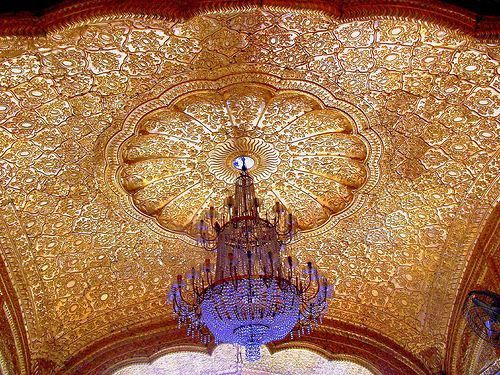
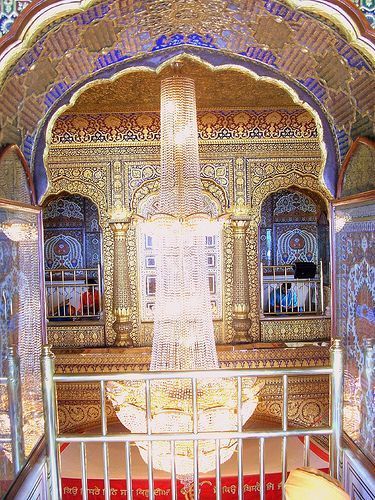
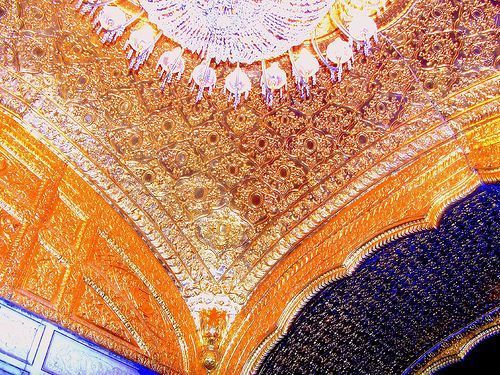
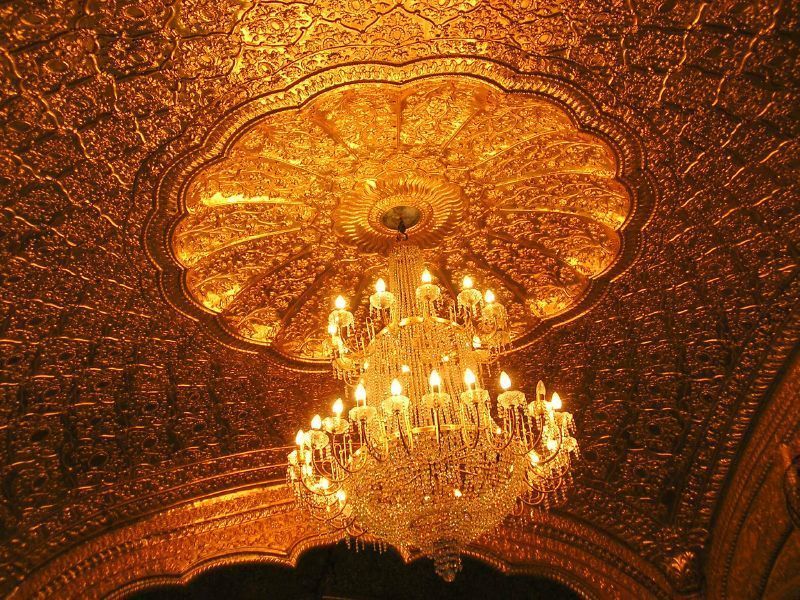
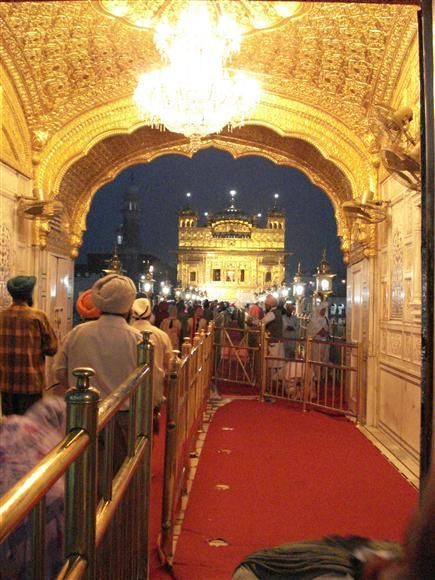
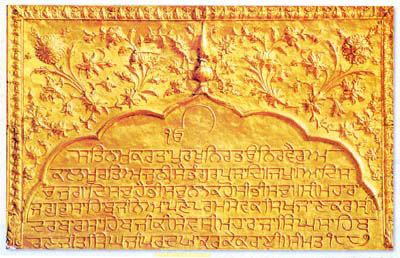
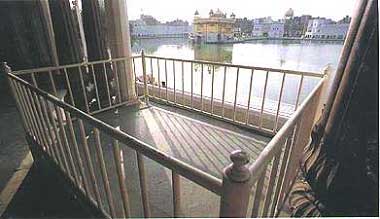


 ..........
..........